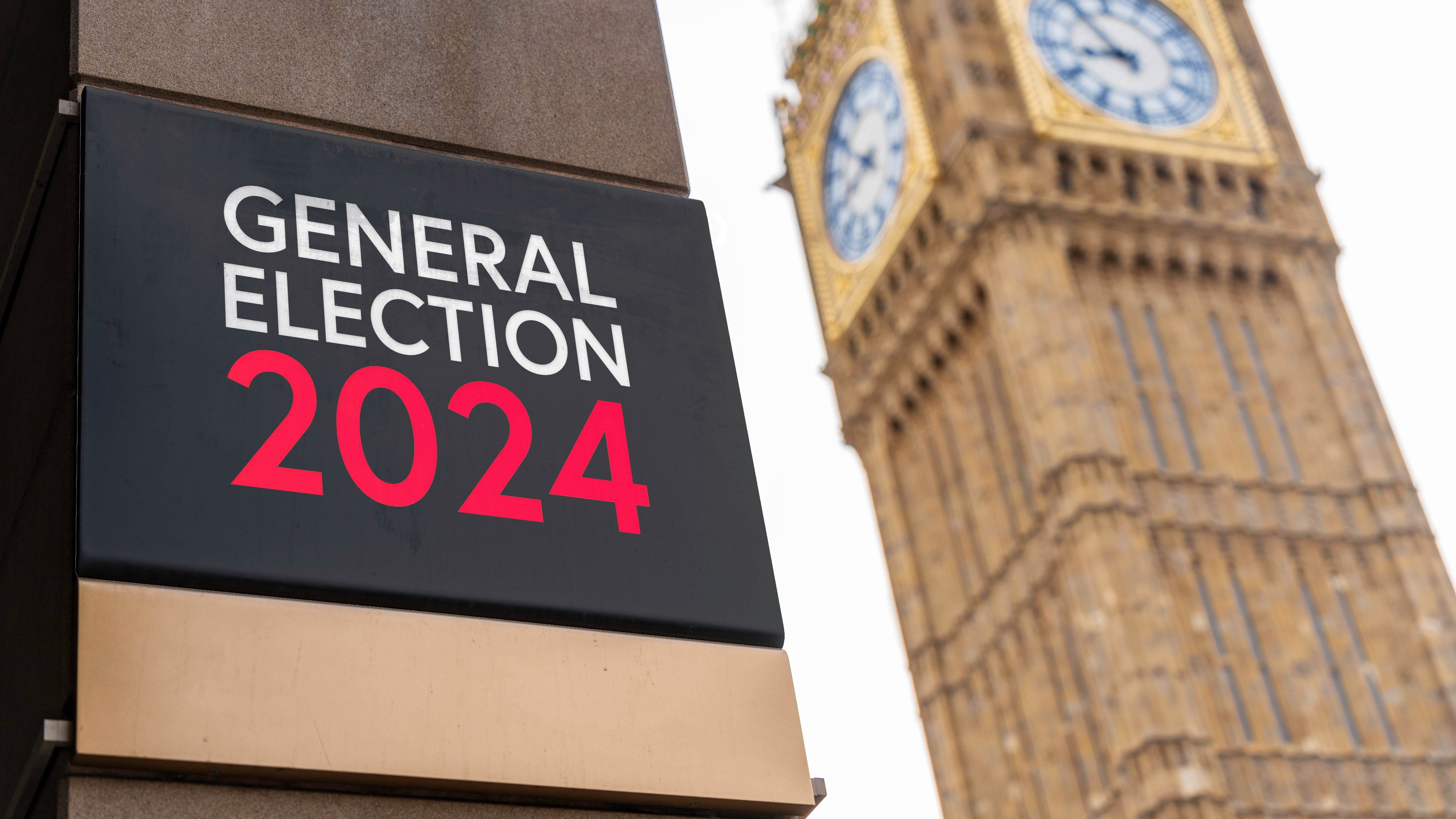Regulatory Sandbox – a new form of policymaking
by Inline Policy on 07 Dec 2015
The ways and means in which regulation is developed and implemented in the internet age have changed. Regulation across the globe can only follow the rapid expansion of new innovation and business models in, for example, online short-term rentals or car-sharing platforms. There is a continuing trend towards companies developing an idea and going to the market with it fast, with the result that regulation is so far behind it must adapt to the new business environment.
In March 2015, the UK Government decided to see how it could embrace this conundrum in the rapidly evolving fintech sector for the benefit of all involved. The Chancellor George Osborne, in the first Budget of 2015, announced details of a move which will see the Financial Conduct Authority’s Project Innovate work with HM Treasury and the Prudential Regulation Authority (PRA) to investigate the feasibility of developing a ‘regulatory sandbox’ for financial services innovators. The sector was intrigued.
What is Sandbox Regulation?
Firstly, to outline the concept of a ‘regulatory sandbox’ - a ‘sandbox’ allows providers to offer a service or product without imposing punitive charges against the host platform. It provides an opportunity to experiment within a programme, minimising risk before introducing ideas on a broader scale. Regulators can use a ‘sandbox’ to examine products and how they interact with existing regulation, or to explore how a new form of regulation may develop.
A New Initiative
Since March the Financial Conduct Authority (FCA) has been planning the practical implementation of Osborne’s announcement, and last month the FCA published its plans for implementing its ‘regulatory sandbox’.
The FCA has solely pitched this initiative to up-and-coming fintech companies. A dedicated team within the FCA will screen each application to join the project, and the Regulator is eager to benefit from the exercise, just as much as the fintech businesses. Against this backdrop, it is looking for genuinely innovative business models that currently sit outside of regulation, or within a regulatory grey area, to come forward and volunteer as its ‘guinea pigs’.
Once immersed in the project both parties will agree a testing approach, which may differ between the firms availing of the ‘sandbox’. There is clearly an important negotiating period before a firm begins the project. The FCA will collaborate with the firm on the testing parameters and safeguards, while the firm is obliged to share data and report its progress throughout.
The FCA states three clear benefits from taking the ‘sandbox’ route:
- reducing the time it takes for innovative ideas to come to market;
- better outcomes for consumers, such as an increased range of products and services;
- and ensuring that appropriate consumer protection safeguards are built into their new products and services.
Restrictions and Details to be Finalised
The FCA is clearly not taking a prescriptive approach to this project and stresses that much of the arrangements between it and their so-called ‘guinea pigs’ will be taken on a case-by-case basis. However, the FCA has highlighted consumer protection as a vital condition and has outlined four options for enforcing consumer protection rules within the ‘sandbox’. The options are:
- Firms can only test their new solutions on customers who have given informed consent to be included in testing. Customers are notified of the potential risks and the available compensation;
- the FCA agrees on a case-by-case basis the disclosure, protection and compensation appropriate to the testing activity;
- customers have the same rights as customers who engage with any other authorised firms;
- businesses undertaking ‘sandbox’ trials are required to compensate any losses (including investment losses) to customers and must demonstrate that they have the resources (capital) to do that.
The FCA has already stated its preference for option 2, however the final decision has not been made, and the regulatory body has asked for input from interested parties, consumers and businesses alike.
Another element that is still to be clarified about a firm’s journey through the ‘sandbox’ testing project is the exit strategy. Once a firm feels that it has a winning formula with sound regulatory foundations it may wish to take it to the open market. For this to happen it should submit a final report for the FCA to review. The details of this report and the criteria for taking a business model to the market will be crucial for the success of the project.
Hurdles to Overcome and Next Steps
Despite EU legislation constraining its options, the FCA will need to amend the current rules to allow for this innovative form of regulatory development. The Regulated Activities Order could be amended to introduce a new regulated activity of ‘sandboxing’ for testing. The drawback to this is that firms still need to become authorised before being able to test.
Alternatively, the Government could consider changing the waiver conditions in the Financial Services and Markets Act to make it easier for the FCA to waive rules for a firm within the ‘sandbox’. This could be achieved by introducing a new test for ‘sandbox firms’. The FCA will report back at a later date regarding which option is most suitable.
Overall, the sandbox demonstrates the lengths to which the government is willing to go to accommodate innovative and challenging new firms. The FCA is calling for those who wish to avail of this initiative to contact them directly. It intends to open the ‘sandbox’ unit to proposals from firms for testing in spring 2016.
Topics: Financial Services Regulation, UK business, Economic policy, Fintech







Comments